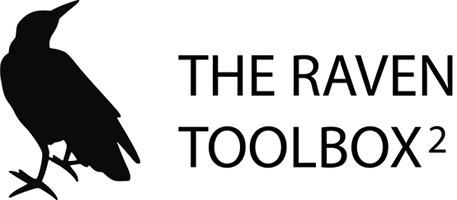The RAVEN (Reconstruction, Analysis and Visualization of Metabolic Networks) Toolbox 2 is a software suite for Matlab that allows for semi-automated reconstruction of genome-scale models (GEMs). It makes use of published models and/or KEGG, MetaCyc databases, coupled with extensive gap-filling and quality control features. The software suite also contains methods for visualizing simulation results and omics data, as well as a range of methods for performing simulations and analyzing the results. The software is a useful tool for system-wide data analysis in a metabolic context and for streamlined reconstruction of metabolic networks based on protein homology.
The information about downloading, installing and developing RAVEN is included in the Wiki
If you use RAVEN 2.0 in your scientific work, please cite:
Wang H, Marcišauskas S, Sánchez BJ, Domenzain I, Hermansson D, Agren R, Nielsen J, Kerkhoven EJ. (2018) RAVEN 2.0: A versatile toolbox for metabolic network reconstruction and a case study on Streptomyces coelicolor. PLoS Comput Biol 14(10): e1006541. doi:10.1371/journal.pcbi.1006541.
If you use any of the following functions, please also cite the relevant paper:
-
getInitModeland similar INIT functions:Agren R et al. (2012) PLoS Comput Biol 8(5): e1002518. doi:10.1371/journal.pcbi.1002518.
-
getInitModelwith ataskFileand similar tINIT functions:Agren R et al. (2014) Mol Syst Biol 10(3): 721. doi:10.1002/msb.145122.
-
randomSampling:Bordel S et al. (2010) PLoS Comput Biol 6(7): e1000859. doi:10.1371/journal.pcbi.1000859.
-
If you only use RAVEN 1.0 in your scientific work, please cite:
Agren R et al. (2013) PLoS Comput Biol 9(3): e1002980. doi:10.1371/journal.pcbi.1002980.
For support, technical issues, bug reports etc., please . For other issues, please contact Eduard Kerkhoven.
For more systems biology related software and recently published genome-scale models from the Systems and Synthetic Biology group at Chalmers University of Technology, please visit the GitHub page. For more information and publications by the Systems and Synthetic Biology please visit SysBio.

